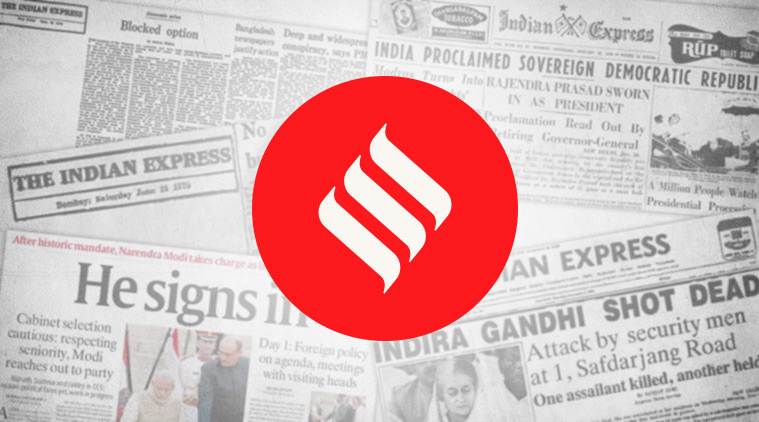
Continuing the subdued performance, India’s merchandise exports shrank by 9.7 per cent in June, registering the first contraction since September last year. For the quarter ended June, exports contracted by 1.7 per cent, after growing by 14.2 per cent over the same period last year. This lacklustre export growth, coupled with weak domestic demand and subdued investment activity, indicates a continuing weakness of the primary drivers of growth. It increases the likelihood of further rate cuts by the monetary policy committee which is scheduled to meet in the first week of August.
Much of the decline in the headline export numbers can be traced to lower oil exports. Oil exports declined by 32.8 per cent in June, in part due to lower crude oil prices and the temporary shutdown of oil refineries for maintenance. But worryingly, non-oil exports also contracted by 5.7 per cent, suggesting weak global demand. A closer look at the data reveals that major labour intensive export segments such as gems and jewellery, leather and textiles, have continued to under-perform, contracting in June. The trade data also shows that imports contracted by 9.1 per cent in June. In part, the decline is due to lower crude prices. But it is cause for concern that imports, excluding oil and gold, which give a sense of domestic demand, continue to shrink. Moreover, the pace of contraction has accelerated in the past few months. These numbers should be read in conjunction with other economic indicators which suggest that both private demand, in rural and urban areas, as well as investment activity, remain subdued. For instance, domestic passenger car sales fell for the eighth consecutive month in June, falling by 17.5 per cent, with both car and two-wheeler sales witnessing a double digit decline. Investment activity also remains moribund with capital goods growing by a mere 1 per cent in the first two months of FY20.
The signals emanating from the US Federal Reserve as well as the European Central Bank indicate that growth is likely to be slower than expected, indicating less buoyancy for India’s exports. The growth data of the Chinese economy isn’t encouraging either. A slowdown in global trade and the ongoing trade wars will only complicate matters for India, making it harder to grab additional market share. At such a time, raising tariffs on imports, a move that signals protectionism, will only complicate India’s much desired integration with global supply chains, which is critical for boosting exports. With exports being one of the primary drivers of growth — much of the growth spurt during the boom years of the mid 2000s was due to higher exports — the government must facilitate India’s integration in global supply chains by lowering tariffs and rationalising the tariff structure.